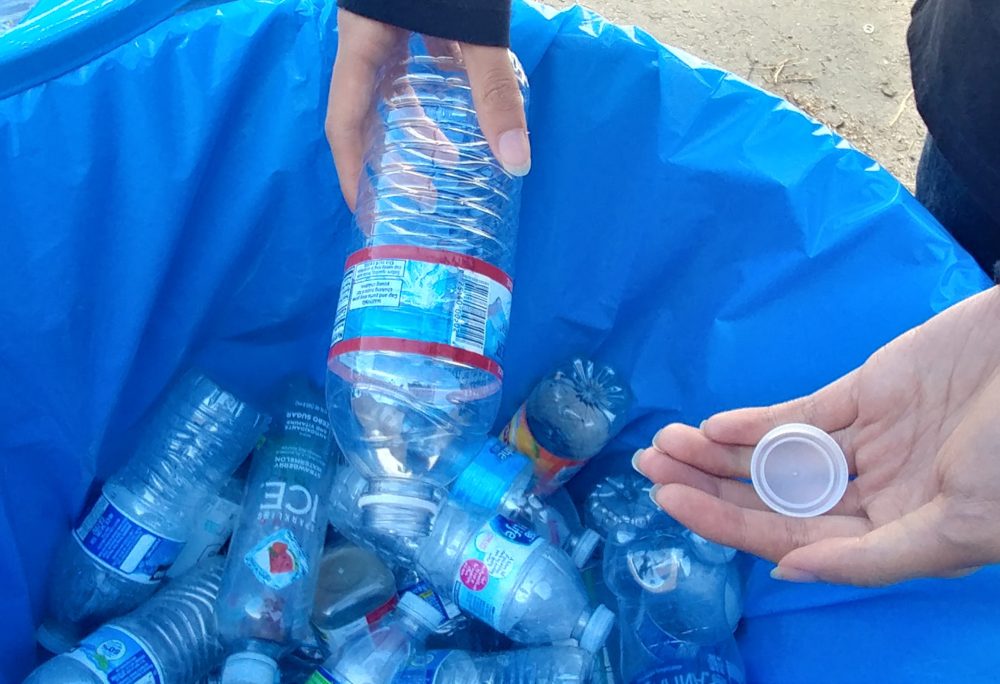By Arden Nguyen

At first glance, recycling is a no-brainer; just toss that can or bottle in the blue bin marked by a triangle of arrows, and you’ve saved the earth. As expected, this effort to reduce trash has its caveats. Let’s break down this seemingly simple task and find out how to properly recycle.
Paper
Paper products that have contained food (like pizza boxes) will absorb grease, making them unfit for recycling. But don’t throw them away just yet. AP Environmental Science teacher Lisa Battig recommends composting these containers and only recycle paper that is clean and has not been in contact with oil. Cardboard, newspapers, mail, and magazines are all recyclable. Do not recycle paper that has been painted on or colored paper, as they can ruin the recycling process.
Plastic
When plastic is combined with another material, it is often difficult to salvage. For example, a chip bag is composed of thin plastic over foil and cannot be recycled. Plastic wrap and thin plastic bags are also nonrecyclable, at least in the traditional sense (some stores will take plastic bags). One of the most important things to consider before recycling plastic is whether it’s clean or not. Always make sure to wash out any food waste or other contaminant that will compromise its ability to be recycled.
Glass
As with plastic, glass containers should also be properly cleaned before being recycled. Remove non-glass parts, such as metal lids or labels. Avoid adding ceramics, lightbulbs, heat-resistant glass or glass from windows and mirrors to the usual mix; they can be recycled, but it must be done separately. Depending on your city’s recycling policies, broken glass may or may not be acceptable. Some recycling centers prefer that glass be divided by color.
Metal
Again, metal is another material that must be clean to be recycled. Aluminum and steel cans are the most common form to be recycled, but don’t forget foil! Foil wrap, baking pans, and pie tins are all recyclable. Aerosol cans are acceptable, but make sure that they’re completely empty before recycling. Electronics (e-waste) and batteries are tricky, as they contain hazardous waste in the form of dangerous metals. For e-waste, find a trustworthy recycler near you. Certain stores, like Best Buy or Staples, can also handle electronics. Another great option, if possible, is to donate them. Consult your local recycling center to see if they take batteries.
What is CRV?
You may have seen the label “CA-CRV” on plastic or glass bottles, but what exactly does it mean? The abbreviation indicates that they have cash redemption value in California. In other words, you can receive money for recycling these items.
“The redemption value means you paid for it, and then you can get that money back. So most drink containers are that way, like plastic water bottles or plastic soda bottles,” said Battig.
Before you dive into your blue bin, keep some things in mind. First, always check beforehand with your city’s recycling policies to determine which materials and objects they will accept or any requirements they may have. Second, try to recycle more aluminum and glass products, since they are easily recycled and save a substantial amount of energy. Finally, although recycling is beneficial to the planet, it uses energy and resources. “Reduce, reuse, recycle.” The old saying rings true: reduce and reuse before you recycle.





